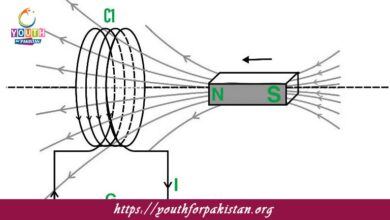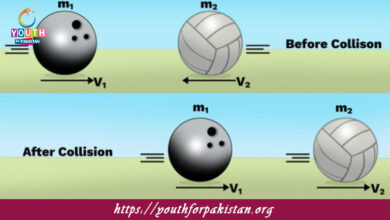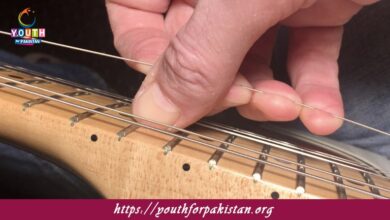Newton’s Second Law Of Motion MDCAT Quiz with Answers

Newton’s Second Law Of Motion MDCAT Quiz is the basic principle of physics, which is very important for MDCAT students who appear for the entrance test to medical and dental college. The second law of Newton explains that the force applied on any object is equal to its mass times acceleration, F=ma. This simply sets out that an object’s mass multiplied by its acceleration will give the amount of force applied. Understanding this law is paramount for the solving of a variety of problems concerning forces and motion in the MCAT Quiz.
Understanding Newton’s Second Law of Motion
Newton’s Second Law of Motion describes the relationship between force, mass, and acceleration. The more massive an object is, the greater the force needed to accelerate it at a given rate. On the other hand, if the same force is applied to two objects of different masses, the less massive object will have a greater acceleration. For instance, when you push two objects with the same force, the lighter object will accelerate faster than the heavier one. This law is used in many real-life scenarios, such as determining the force needed to move vehicles or the acceleration of an object due to the force of gravity. For MDCAT students, this law is very important because most problems in mechanics require its application.
MDCAT Quiz: Newton’s Second Law of Motion Questions
In the MDCAT Quiz, students will be exposed to questions in which they will have to find force, mass, or acceleration using Newton’s Second Law of Motion. These could be questions asking for the acceleration of an object on which a certain force is applied, or the force required to produce a certain acceleration. Other types of questions may involve objects under different forces, such as gravitational force, friction, or tension. Practicing these types of questions will help MDCAT students develop problem-solving skills and strengthen their understanding of the relationship between force, mass, and acceleration.
- Test Name: Newton’s Second Law Of Motion MDCAT Quiz
- Type: Quiz Test
- Total Questions: 30
- Total Marks: 30
- Time: 30 minutes
Note: Answer of the questions will change randomly each time you start the test, once you are finished, click the View Results button.
Free Flashcards for Newton’s Second Law of Motion
Free flashcards centered on Newton’s Second Law of Motion can be used to review major points for the MDCAT prep. Flashcards help students easily memorize the equation F=ma, and the relationship of force, mass, and acceleration. The regular review of these flashcards enables students to confirm their knowledge in the application of the law when solving problems concerning motion. Flashcards are an easy-to-use and engaging tool, and by constantly using them, students would find themselves well-equipped to answer any Newton’s Second Law-related questions thrown at them in the MDCAT Quiz.

According to Newton’s Second Law, if mass increases, the force required to accelerate it __________.
increases

Newton’s Second Law of Motion explains the relationship between __________.
force, mass, and acceleration
Experience the real exam environment with our expertly designed collection of over 25,000 MCQs MDCAT Mock Tests.





